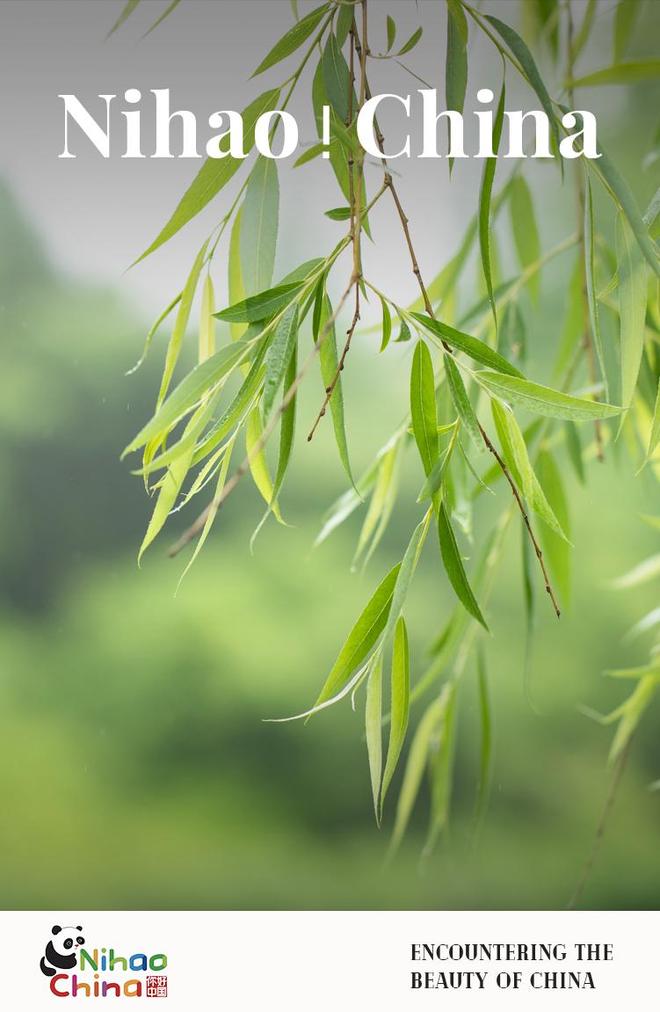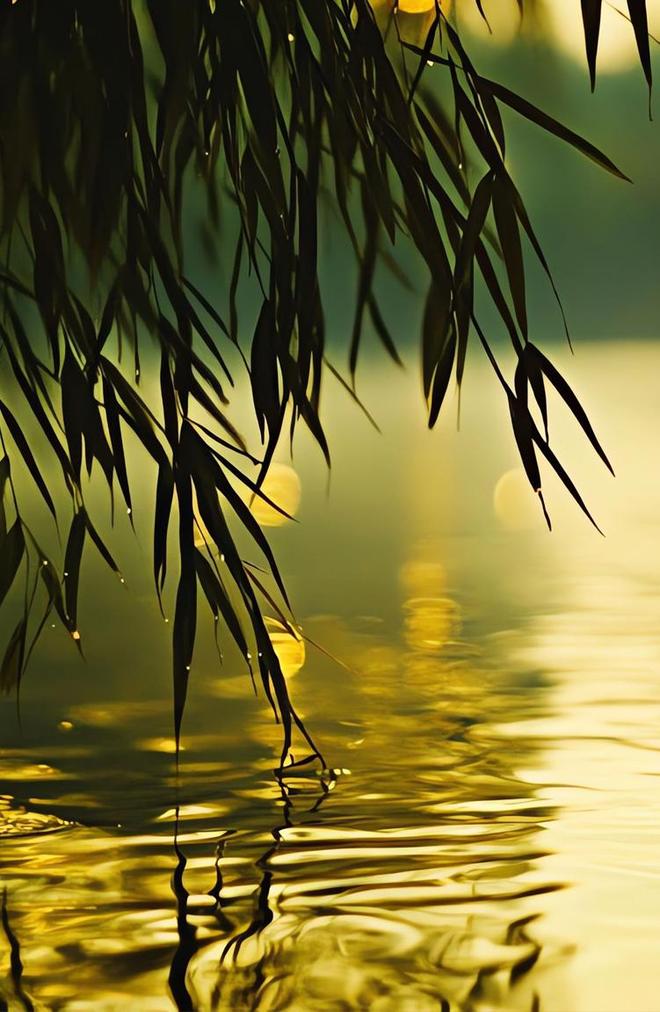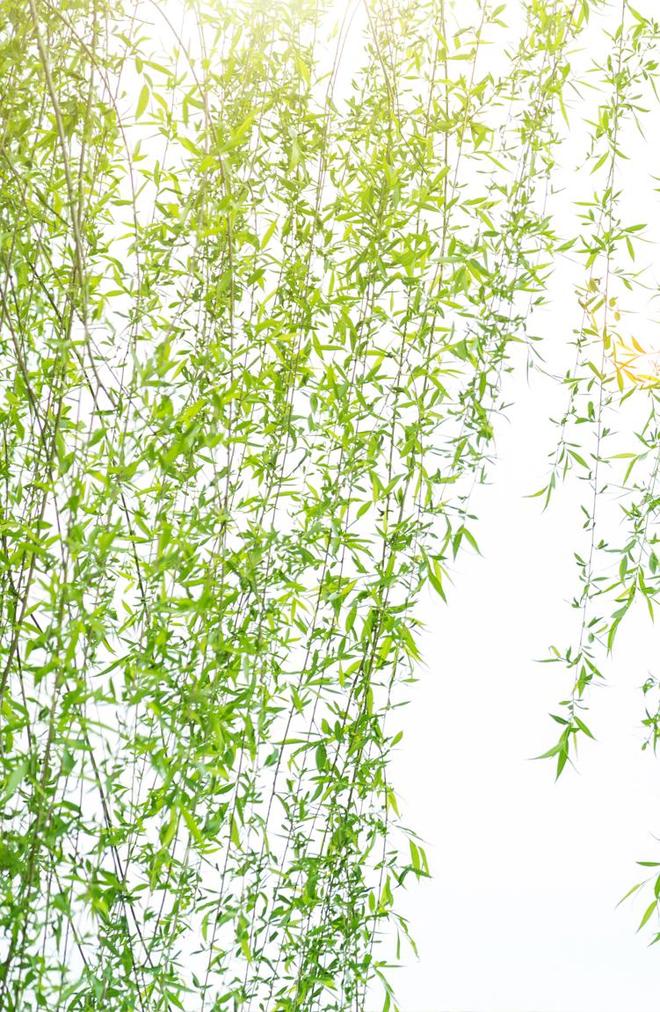
杨柳是杨柳科柳属植物的统称,枝条圆柱形,叶披针形,多生于水边或庭院。在园林种植中因垂柳具有与其他植物区别明显的美学特征和空间特征,所以常被用来栽种,比如扬州园林;且因为柳树的意象的美,常被用在古诗中。
The willow tree, a member of the Salix genus in the Salicaceae family, is known for its long, slender branches and lance-shaped leaves. Often found near water or in traditional courtyards, willows—especially the weeping willow—are a common feature in classical Chinese gardens, such as those in Yangzhou. Their graceful, flowing form creates a unique visual experience that sets them apart from other plants.

先秦《诗经》已有“杨柳依依”的记载,成为早期文学意象的典型。在古典文学中,杨柳特指柳树,其柔婉形态常被用于比喻女性,如“柳腰”“柳眉”等。
Willows have long held a special place in Chinese poetry and culture. As early as the Book of Songs from the pre-Qin period, the image of "willows swaying gently" was used to convey emotion and atmosphere. In classical Chinese literature, the willow tree often symbolizes softness and elegance. It has become a poetic metaphor for feminine beauty, seen in expressions like "willow waist" and "willow brows".

“柳”作为“留”的代名词,亦是我们民族文化中的一个亮点。那无边的柳色,碧绿的枝条,如雪的飞絮,无不契合着人间的离情别绪,无不契合着人间的相思与忧怨。而这种情绪一直延伸到我们今天的生活。
The Chinese word for willow, liu (柳), also sounds like the word for "stay" (留), which gives it added cultural meaning. Willows often appear in poems about parting and longing, their green branches and drifting catkins evoking the sorrow of separation and the ache of unspoken love. Even today, this deep emotional symbolism continues to resonate in Chinese life and art.
责编:刘冰
 晋ICP备17002471号-6
晋ICP备17002471号-6